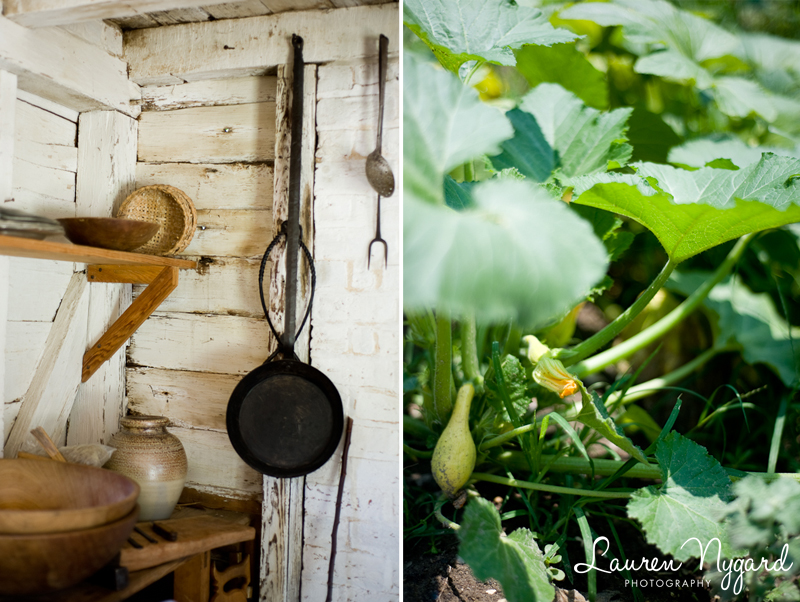Alright, everyone. A question: How many of you own a DSLR? Ok, now, of those of you who said yes or raised a hand, how many of you put it on auto mode and fire away, hoping for good results? I bet more than half of your would also answer yes to the second question.
Here’s some food for thought.
As you know, I was in Texas last weekend for my birthday. Sunday night, my parents cooked up some dinner and we celebrated with a homemade cake. (It was delicious by the way!) My lovely Aunt Margaret offered to take a shot of me and my BFF, Madelyn (whom I’ve known since kindergarten!) as the cake was aflame. Since I was holding said flaming cake, I put my camera on P mode before handing it over. (Sidenote: in the Nikon world, P stands for “Program,” which is the “professional” word for Auto mode.) Here’s what we got:

Total yikes, right??
The camera saw the flames on the candles and was confused by how bright they were in comparison to the rest of the room, which was dark (especially in comparison to the candles). Good thing I asked to check on the exposure!
I quickly decided it would be better for me to expose manually in this situation. I put the camera back into manual mode, pointed it toward my aunt and uncle who were sitting across the table, and exposed for the ambient light. I passed the camera back to Margaret, and this is what she captured:

MUCH better!! I took the image into Lightroom, adjusted for the funky white balance (FYI: compact fluorescent light bulbs produce just as nasty light as regular fluorescent bulbs), bumped up the contrast and brightness, and was able to pull this out:

Yahoo! :)
So, what’s the big deal? Well, here’s the thing. When your camera is in auto mode, it’s doing all the thinking for you. It is a machine after all. When your camera is in manual mode, you are the one doing the thinking. It’s the difference between taking a picture and making a picture. Pretty awesome, right? Yeah, I think so!
“You don’t take a photograph, you make it.” –Ansel Adams
xoxo,
Lauren
p.s. Another good thing about shooting in manual mode is that, since you are doing the thinking instead of your camera, your camera is able to process the information–and the images–more quickly. This may or may not be important if you are photographing landscapes or still objects, but I sure as heck don’t want a slow camera on my hands if I’m photographing a major event! *cough, cough, weddings! The more settings you input manually (including white balance, ISO, etc), the faster your camera will process the data. Cool, huh?
p.p.s. Scared?? It’s ok–I was too! I’ve owned an SLR since I was in high school, but it wasn’t until I took a real photography class a few years ago that I began shooting in manual mode. But, once I did, a whole new world opened up! Trust me when I say that, if you try it, you will fall in love with photography in a totally new way! Now, get out there and make some pictures! I’d love to hear how it goes! Leave me a note in the comments below if you have questions, are feeling inspired, or just want to chat! Keep in touch! <3





















